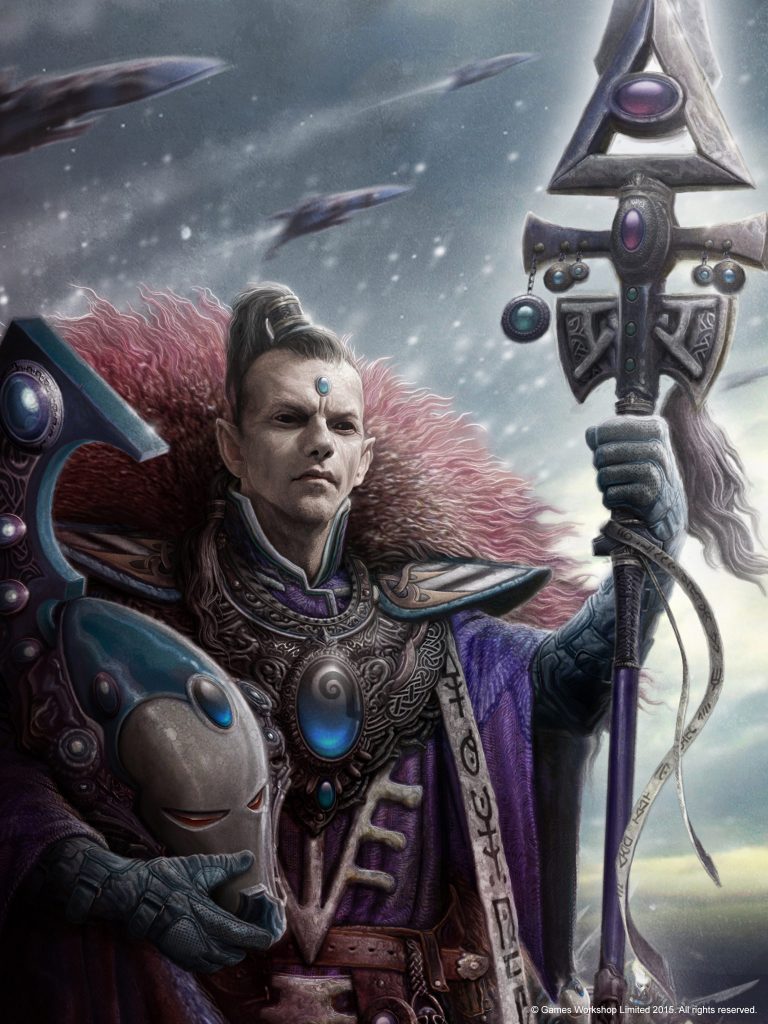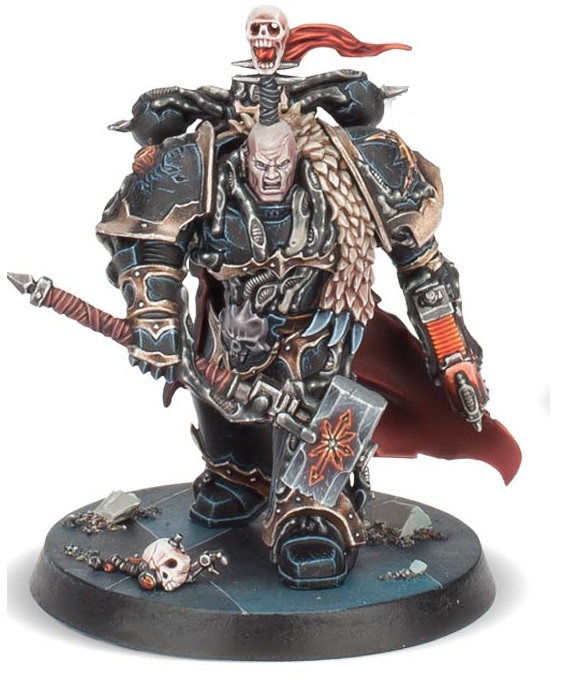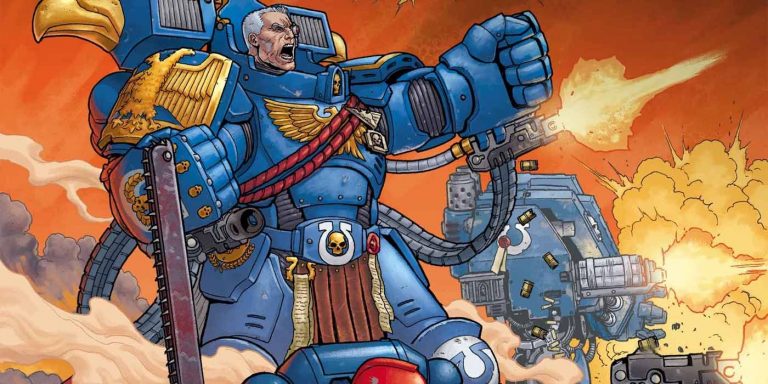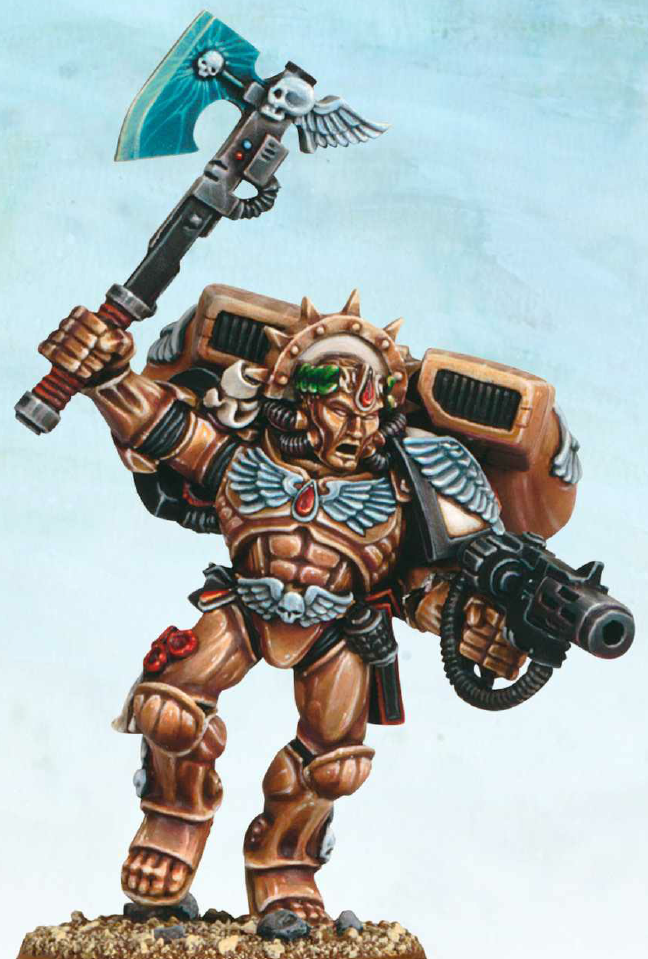Warhammer 40K Character Dynamics: Allies And Adversaries
Welcome to the thrilling universe of Warhammer 40K, where epic battles, intricate lore, and captivating character dynamics take center stage. In this article, we’ll delve into the fascinating world of Warhammer 40K and explore the intricate relationships between its characters, from allies to adversaries. Whether you’re a seasoned fan or a curious newcomer, get ready to embark on an adventure like no other.
In the vast universe of Warhammer 40K, character dynamics play a crucial role in shaping the narrative and driving the story forward. Allies and adversaries alike bring depth and complexity to the game, creating a rich tapestry of alliances and rivalries. From the noble Space Marines to the sinister Chaos forces, every faction has its own unique set of characters that add depth and intrigue to the ever-evolving storyline. So, grab your bolter and prepare for a journey through the intricate webs of loyalty, betrayal, and strategic alliances that define the Warhammer 40K universe.
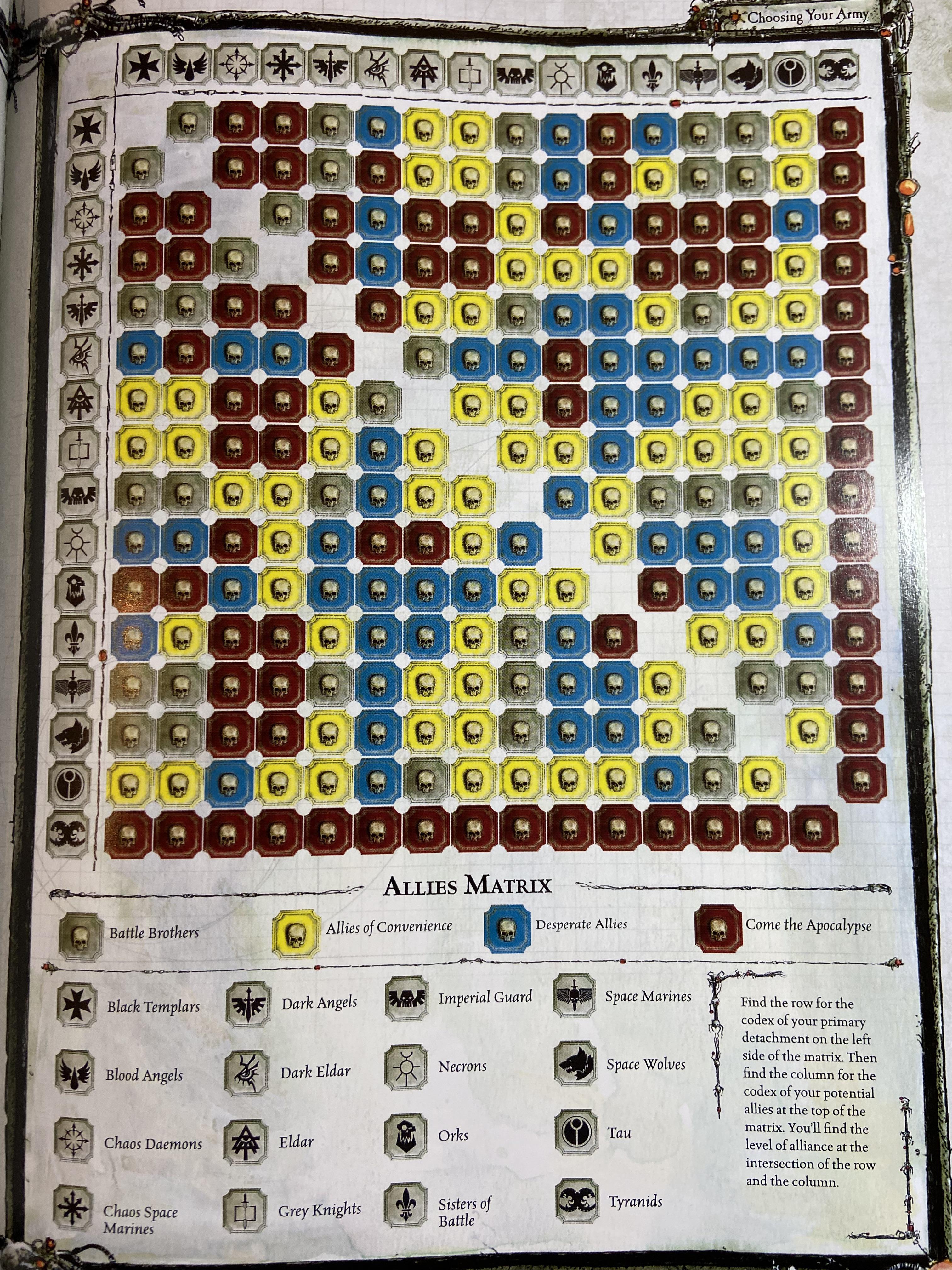
Warhammer 40K Character Dynamics: Allies and Adversaries
Warhammer 40K is a popular tabletop war game that has captured the hearts of millions of players worldwide. The game is set in a dystopian future where various factions battle for supremacy in a grim and dark universe. One of the fascinating aspects of Warhammer 40K is the intricate character dynamics, where allies and adversaries play a crucial role in shaping the narrative and gameplay. In this article, we will delve into the world of Warhammer 40K character dynamics, exploring the alliances and rivalries that define the game.
Allies: Forging Bonds in the Grim Darkness of the Future
In the vast universe of Warhammer 40K, alliances are crucial for survival. Factions that would otherwise be mortal enemies can find themselves joining forces against a common threat. These alliances often arise out of necessity rather than shared ideologies, as the grim darkness of the future leaves little room for trust and camaraderie. However, even temporary alliances can have a profound impact on the game and the lore.
One of the most iconic alliances in Warhammer 40K is the Imperium of Man and the Adeptus Astartes, also known as the Space Marines. The Imperium is a sprawling empire that spans countless worlds, while the Adeptus Astartes are genetically enhanced super-soldiers who serve as the Emperor’s finest warriors. Despite their differences, the Imperium and the Space Marines often work together to defend humanity against the myriad threats that plague the galaxy.
The Imperium of Man: A Fractured Unity
The Imperium of Man is a vast and sprawling empire, ruled by the Emperor of Mankind. However, the Imperium is far from a unified entity. It is a bureaucratic nightmare, plagued by corruption and infighting. The various factions within the Imperium often have conflicting agendas and vie for power and influence.
One of the most prominent factions within the Imperium is the Inquisition. The Inquisition is tasked with rooting out heresy and protecting humanity from the forces of Chaos. However, their methods are often ruthless and uncompromising, leading to tensions with other factions within the Imperium. Despite these conflicts, the Imperium’s survival depends on the delicate balance of power between its factions.
The Adeptus Astartes: Angels of Death
The Adeptus Astartes, or Space Marines, are genetically enhanced super-soldiers created by the Emperor. Each Space Marine Chapter operates independently, with its own unique traditions and beliefs. However, they all share a common purpose: defending humanity from its enemies.
The Space Marines are known for their unwavering loyalty and unparalleled combat prowess. They are often called upon to fight alongside the Imperial Guard, the vast human armies of the Imperium. The alliance between the Space Marines and the Imperial Guard is a powerful force on the battlefield, combining the brute strength of the Space Marines with the sheer numbers of the Imperial Guard.
Adversaries: The Enemies of Humanity
While alliances are necessary for survival in the grim darkness of the future, there are also those who stand opposed to the Imperium of Man and its allies. The enemies of humanity are varied and numerous, ranging from alien races to the corrupt forces of Chaos.
One of the most feared adversaries in Warhammer 40K is the Chaos Space Marines. These fallen Space Marines have succumbed to the temptations of Chaos, turning against their former allies. The Chaos Space Marines are led by powerful Chaos Gods, each representing a different aspect of chaos and destruction. Their ultimate goal is to overthrow the Imperium and plunge the galaxy into eternal darkness.
The Tyranids: A Devouring Swarm
Another deadly adversary in the Warhammer 40K universe is the Tyranids. These alien creatures form a massive hive mind, driven by an insatiable hunger for biological matter. The Tyranids travel through space in enormous hive fleets, consuming everything in their path.
The Tyranids are a relentless and highly adaptable foe, capable of rapidly evolving to overcome any obstacle. They pose a significant threat to the Imperium and its allies, as their numbers are virtually limitless. Defeating the Tyranids requires strategic planning and coordination among the various factions of the Imperium.
In the grim darkness of the future, alliances and adversaries shape the fate of the Warhammer 40K universe. Whether it is the Imperium and the Space Marines standing together against the forces of Chaos, or the relentless onslaught of the Tyranids, character dynamics play a crucial role in the game. Understanding these dynamics is essential for players and fans alike, as they delve deeper into the rich lore and immersive gameplay of Warhammer 40K.
Key Takeaways: Warhammer 40K Character Dynamics: Allies and Adversaries
- 1. Warhammer 40K characters often form alliances to fight against common enemies.
- 2. These alliances can be temporary or long-lasting, depending on the circumstances.
- 3. Characters with different backgrounds and beliefs may become unlikely allies in the face of a greater threat.
- 4. Betrayals and conflicts within alliances are common in the Warhammer 40K universe.
- 5. Characters also encounter powerful adversaries who pose significant challenges to their goals and survival.
Frequently Asked Questions
What are the key alliances in Warhammer 40K?
Warhammer 40K is a vast universe filled with various factions and alliances. One of the key alliances in the game is that of the Imperium of Man, which consists of different Space Marine Chapters, Imperial Guard regiments, and other loyalist forces. These factions work together to defend humanity against the many threats it faces.
Another major alliance is the Eldar, which is made up of different Craftworlds, Harlequin troupes, and other Eldar factions. Despite their internal conflicts, the Eldar often unite to protect their race and combat the forces of Chaos. Additionally, there are alliances among the different xenos races, such as the Tau Empire and the Necrons, who form temporary alliances to further their own goals.
Who are the main adversaries in Warhammer 40K?
In Warhammer 40K, there are numerous adversaries that the various factions face. The most notable adversaries are the forces of Chaos, which include Chaos Space Marines, Daemons, and Chaos cultists. Chaos seeks to corrupt and destroy the Imperium of Man, and their influence can be found throughout the galaxy.
Another major adversary is the Tyranids, a ravenous alien race that consumes entire worlds in its path. The Tyranids are a constant threat to all factions and are driven by a relentless hunger for biological matter. Other adversaries include the Orks, a brutal and warlike race, and the Necrons, an ancient race of robotic beings bent on reclaiming their lost empire.
Are there any unexpected alliances in Warhammer 40K?
Yes, Warhammer 40K is known for its unpredictable alliances and shifting allegiances. One example is the unlikely alliance between the Imperium of Man and the Eldar. Despite their differences and past conflicts, there have been instances where the two factions have worked together to combat a common threat.
Another unexpected alliance is between the Tau Empire and certain human factions. The Tau, although considered a xenos race, have managed to form diplomatic relationships with some human worlds, leading to joint military campaigns and trade agreements. These unexpected alliances add depth and intrigue to the Warhammer 40K universe.
Do Warhammer 40K factions ever betray their allies?
Yes, betrayals and treachery are not uncommon in the grim darkness of the Warhammer 40K universe. Factions often have their own agendas and may turn against their allies if it serves their own interests. For example, Chaos Space Marines have been known to betray their former comrades in the Imperium of Man, succumbing to the corrupting influence of Chaos.
Even within factions, there can be internal conflicts and betrayals. Power struggles and rivalries can lead to factions turning on each other or individuals betraying their own kind. These acts of treachery add an element of suspense and unpredictability to the ongoing conflicts in the game.
How do alliances and adversaries affect gameplay in Warhammer 40K?
Alliances and adversaries play a crucial role in the gameplay of Warhammer 40K. They shape the narrative and provide opportunities for players to create unique strategies and scenarios. For example, players can choose to field armies that consist of different factions allied together, allowing for a diverse range of units and tactics.
On the other hand, facing off against adversaries introduces specific challenges and objectives. Players must adapt their strategies to counter the strengths and exploit the weaknesses of their opponents. The dynamic alliances and adversaries in Warhammer 40K add depth and complexity to the game, ensuring that each battle is a unique and engaging experience.
MASSIVE Rules Update to Warhammer 40K Characters – Auras Gone, Leaders Locked to Units and MORE
Final Summary: The Intricate Dance of Allies and Adversaries in Warhammer 40K
As we dive into the rich and complex world of Warhammer 40K, one thing becomes abundantly clear: the character dynamics of allies and adversaries are the lifeblood of this universe. From the noble Space Marines to the cunning Eldar, each faction brings its own unique strengths and weaknesses to the battlefield. In this final summary, we’ve explored the intricate dance of alliances and rivalries that shape the narrative and gameplay of Warhammer 40K.
Throughout our journey, we’ve witnessed the unbreakable bonds forged in the crucible of battle, as well as the bitter rivalries that fuel the fires of war. The Space Marines, with their unwavering loyalty and indomitable spirit, stand as beacons of hope against the encroaching darkness. Meanwhile, the enigmatic Eldar, with their ancient wisdom and mysterious powers, seek to safeguard their own interests amidst the chaos.
But it’s not just the major factions that shape the story. We’ve also delved into the web of intricate relationships between individual characters, exploring the alliances and conflicts that add depth and intrigue to the narrative. From the unlikely partnerships between Chaos Space Marines and Imperial renegades to the bitter rivalries between rival warlords, the character dynamics in Warhammer 40K are as diverse and captivating as the universe itself.
In conclusion, Warhammer 40K is a universe brimming with fascinating character dynamics, where allies and adversaries play a crucial role in shaping the storyline and gameplay. Whether you’re a seasoned player or a newcomer to this immersive world, exploring the intricate relationships between factions and characters adds an extra layer of enjoyment to the game. So, gather your forces, choose your allies wisely, and prepare for epic battles as you navigate the complex dance of alliances and rivalries in Warhammer 40K.


